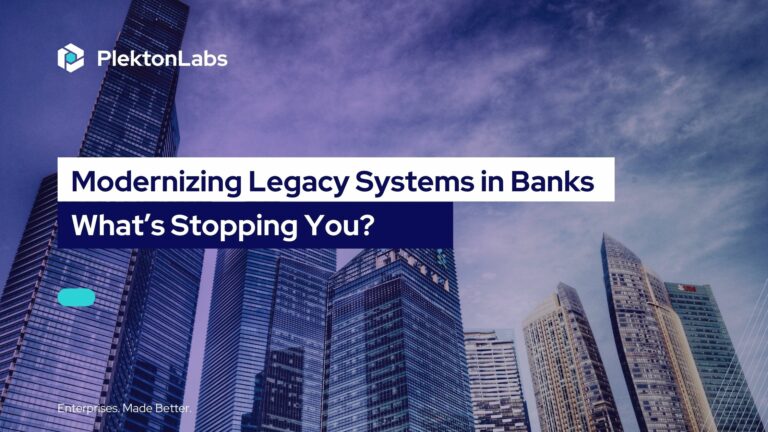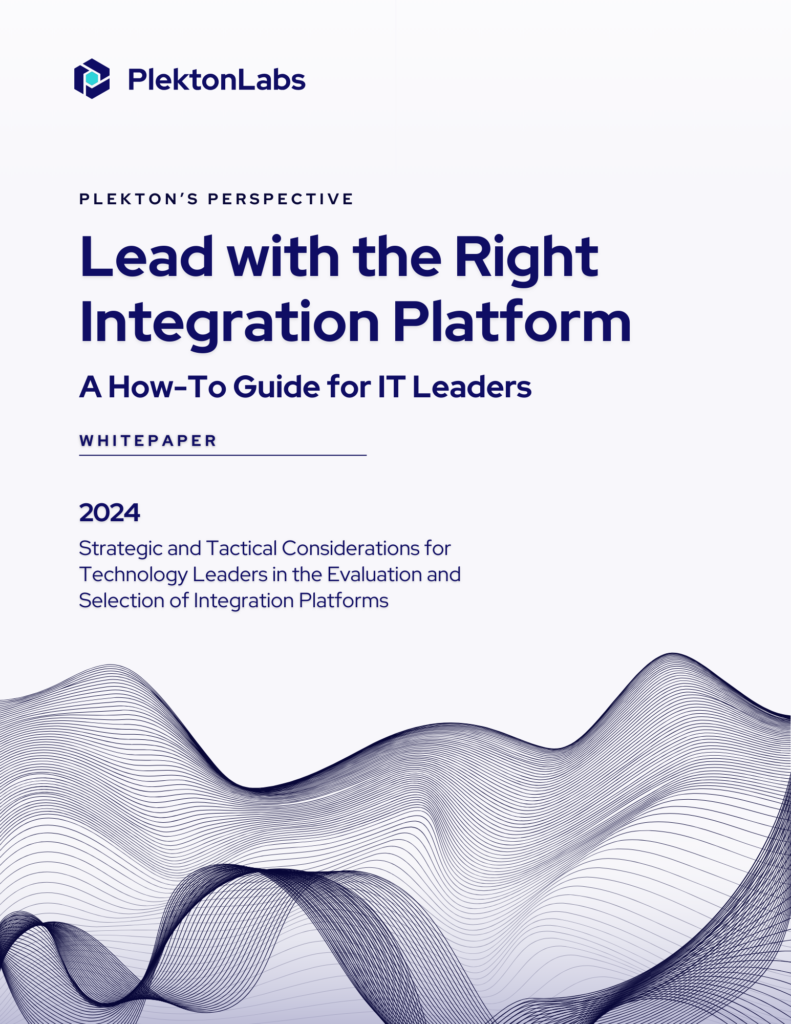95% of top global banking executives pointed to the banking legacy system as their main reason for customer-focused growth failure. Another study found that 43% of US banks still use COBOL, an old programming language developed in 1959. No doubt banks are trying to keep up with the modern world. The world is fast-moving and digitized. If banks fail to adapt to digital growth, they will fail to satisfy their customers. Furthermore, digitization brings smoothness to the service and offers greater convenience for the customers.
So, even after seeing that modernizing legacy systems is a dire need for banks, why are they still not doing it? Why do 43% of banks still use the age-old programming language in their banking system? Why can’t banks modernize legacy systems? Let’s dive into this question in today’s blog and discover the main challenges of modernizing the legacy system in banks.
IT Spaghetti
Think about spaghetti in the form of an IT system. You will find it the most complex system ever. It is even the most complex system. It happens due to point-to-point integration. In banking, integration is done from point to point. This system is okay for one or two system integrations, but in big organizations like banks, it can create a huge mess. It already created a huge mess that banks wanted to get rid of. The bank’s IT department then spends most of the time maintaining this messy IT infrastructure and thus missing chances for innovation.
Modernizing a new system becomes more daunting when the whole system is so complex. It is because there is hardly any way for system integration. Banks need to find another process to ease their modernization journey and pave the way for success.
Modernizing Legacy System is Expensive
Even if banks get rid of the IT Spaghetti, another obstacle comes into their way to modernization, and that is costly. No doubt, adapting to the modern world requires huge costs. But this cost doesn’t translate into direct benefits for the bank. However, modernizing their legacy system will bring sustainable growth for them, but very few banks want long-term benefits. Most of the C-Level decision makers in the bank prefer short-term outcomes, which is quite impossible in modernizing legacy systems.
Slow Moving IT
The bank is a large organization that takes time in decision-making. While other organizations can make faster decisions, banks’ cannot because of their legacy in the decision-making. This slow decision-making process is present in their IT department as well. The vast IT system can not be changed in a day. It takes time and a decision to execute, which makes the whole process lengthy. However, using an old system in the IT department also makes it challenging to take faster action.
Moreover, banks must process and store vast amounts of data before transforming. This requires time and effort; sometimes, banks don’t want to risk their data and decide not to modernize their system. So, as a result, even if banks want to modernize their legacy system, they can not afford it due to their slow-moving IT infrastructure.
Disconnected Architecture
Disconnected architecture happens when rules are not followed during IT projects. It happens so slowly that we cannot release it in the first place. So eventually, the whole system breaks down or cannot move further due to the disconnected architecture. If a bank has disconnected architecture, the first thing they have to do is to fix their IT architecture and then proceed further. It is essentially fixing the mess that has been done to date.
So, when banks want to modernize their legacy system, they must realize they have to fix their disconnected architecture first, and then they can go on with the modernization process. As a result, the whole process becomes lengthy, time-consuming, and costly for the bank. In these circumstances, most banks decide against what they see as an expensive and drawn-out modernization process.
Wrapping Up
Understanding your IT infrastructure is the first step on your journey to modernization. It is not the point-to-point system flaws or not the value of your data. And it might be more that can hold you back from modernization. But, problems will always be there. It doesn’t mean you should back off and do nothing.
Today or tomorrow, you will end up modernizing legacy systems; otherwise, you will be extinct by that time. The only way to move forward with modernization is to be patient and keep moving with the modernization journey. Taking help from the integration expert can speed up the process and lead you to faster success. However, whatever it is, you have to stick to your modernization process until it is done.





